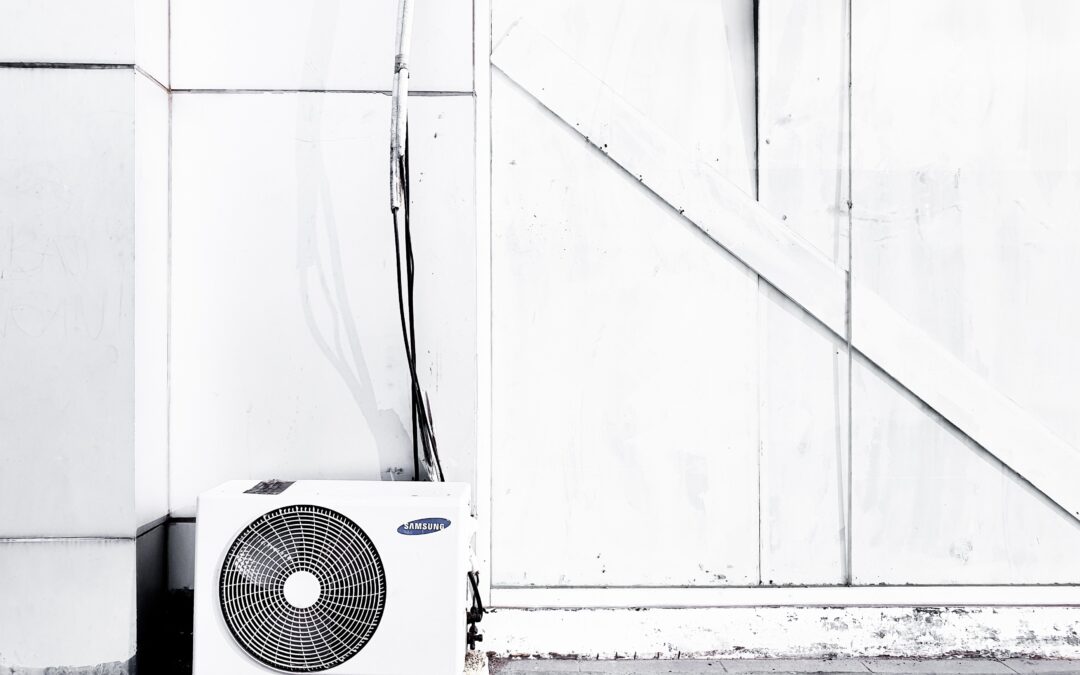Renting a portable air conditioner can be a lifesaver for events, temporary workspaces, or emergency cooling needs. However, to ensure that your portable aircon rental is effective, it is essential to understand how to properly size the unit for the space it will serve. An underpowered unit will struggle to cool the area, while an oversized unit can lead to unnecessary expense and inefficient energy use. Here’s how to size and assess space requirements for portable aircon rentals to achieve optimal performance.
Calculating the Correct BTU Capacity
Portable air conditioners are rated by their cooling capacity, which is measured in British Thermal Units (BTUs). To determine the right BTU capacity for your space, you’ll need to consider several factors, including the size of the room, ceiling height, the number of occupants, heat-generating appliances, and the amount of sunlight the space receives. A general rule is to allocate about 20 BTUs per square foot of space, but you may need to adjust this based on the specific conditions of your space.
Understanding Room Dimensions
Start by calculating the square footage of the area you need to cool. Measure the length and width of the space and multiply these numbers together. For rooms with non-standard shapes, break the space into manageable rectangles or triangles, calculate the area for each, and add them together. Don’t forget to factor in ceiling height; taller spaces require more cooling power due to the larger volume of air.
Considering External Factors
External factors can significantly affect the cooling capacity needed. For instance, spaces with a lot of windows might get more sunlight, which can warm the room more quickly. Similarly, areas with a lot of foot traffic, such as event halls or busy offices, may need more cooling power due to the body heat generated by movement. Adjust your BTU requirements accordingly to account for these variables.
Assessing Insulation and Air Flow
Good insulation keeps cool air in and hot air out, which can reduce the BTU capacity needed. Conversely, poor insulation might require a more powerful aircon unit. Additionally, consider the airflow within the space. Open-plan areas may require units with stronger fans to distribute the air evenly, whereas smaller, more confined spaces might not need as much air circulation.
Choosing the Right Model
Once you’ve determined the BTU capacity required, it’s time to choose a model. Portable air conditioners come in various shapes and sizes, and the right one for your space should align with your calculated needs. Look for units with features that match your specific situation, such as programmable thermostats, multiple fan speeds, and energy-saving modes.
In conclusion, sizing a portable aircon rental doesn’t have to be a guessing game. By understanding the space requirements and considering the room dimensions, external factors, insulation quality, and airflow, you can accurately determine the BTU capacity needed to cool your space effectively. With this knowledge, selecting the right portable aircon model for your needs will be straightforward, ensuring that your environment remains comfortably cool no matter what the temperature outside.


